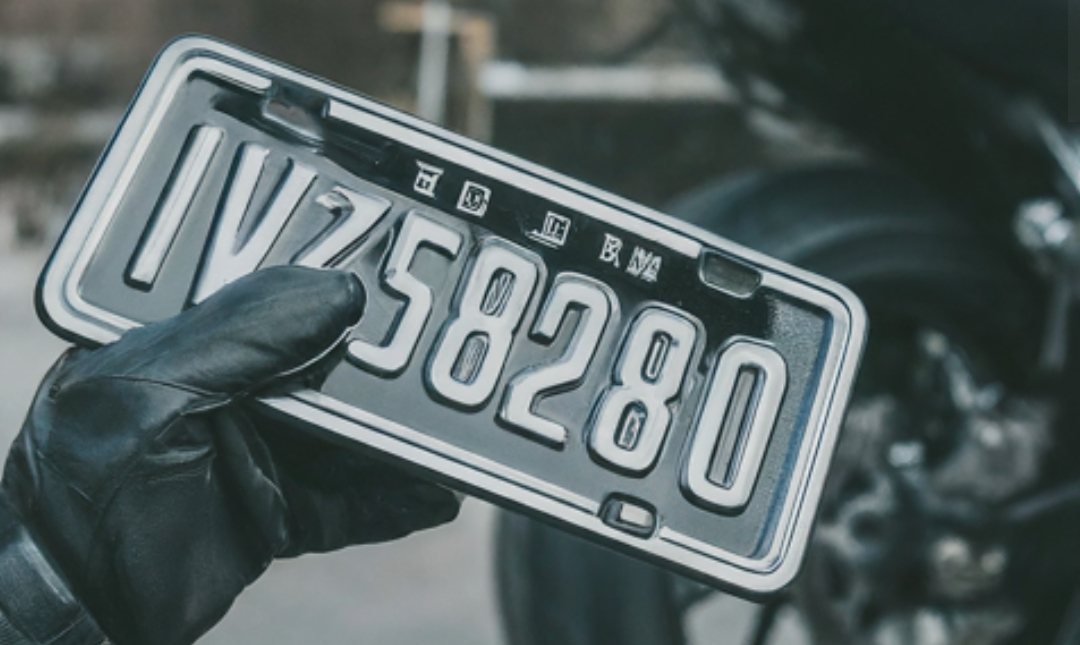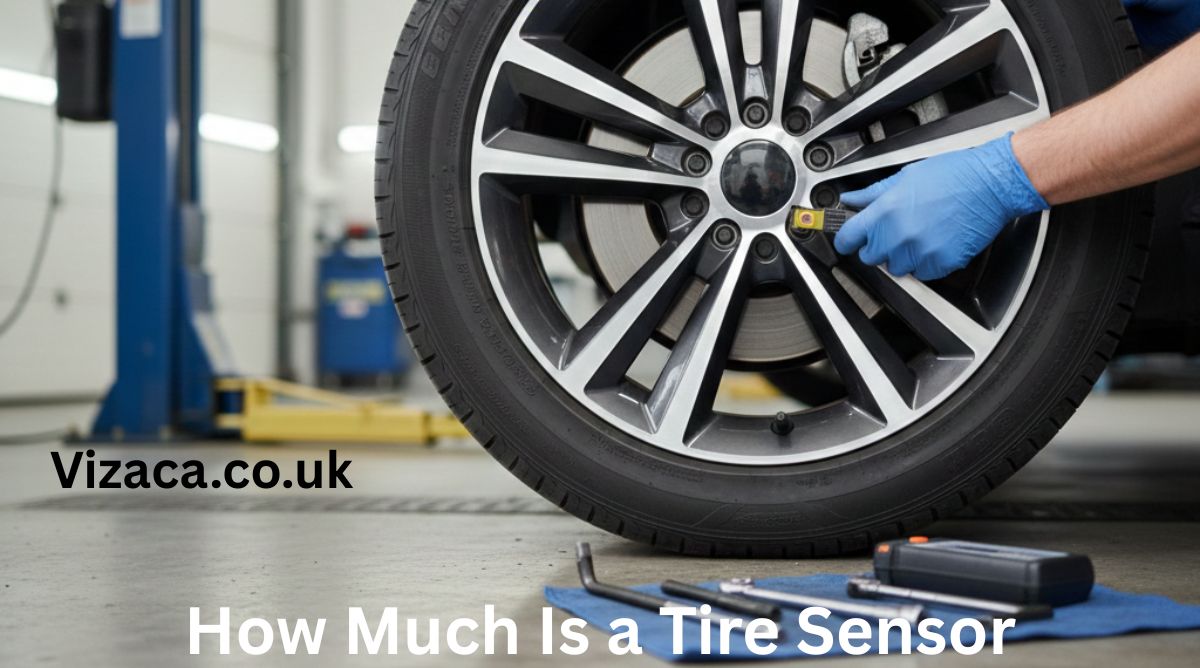When it comes to motorcycles, there’s a lot to consider – from engine size to safety gear, and everything in between. One important aspect that often gets overlooked until it’s necessary is the size of the motorcycle license plate. This seemingly minor detail can have significant implications for compliance, visibility, and overall aesthetics. Let’s delve into the details of motorcycle license plate sizes, exploring standard dimensions across different regions, why these sizes matter, and some tips for maintaining compliance.
Standard Dimensions by Region
United States
In the United States, the standard motorcycle license plate size is typically 7 inches wide by 4 inches high (about 18 cm by 10 cm). This dimension strikes a balance between being large enough to read and small enough to fit comfortably on a motorcycle. Each state may have slight variations in design and font, but the size generally remains consistent across the country.
United Kingdom
In the United Kingdom, motorcycle license plates are larger compared to those in the U.S. The standard size here is 9 inches wide by 7 inches high (approximately 23 cm by 18 cm). This larger size ensures greater visibility and readability, which is crucial for law enforcement and safety on the road.
Australia
Australian motorcycle license plates typically measure 7 inches wide by 5 inches high (around 18 cm by 13 cm). This size offers a middle ground, balancing the need for visibility with the practicalities of fitting on various motorcycle models.
Europe
European countries often follow similar standards to those in the UK, but there can be variations. For instance, many European nations adopt a size around 8 inches wide by 6 inches high (about 20 cm by 15 cm). The European Union has worked towards standardizing vehicle regulations, but you may still find differences depending on the country.
Importance of License Plate Size
- Visibility and Readability
The primary purpose of a license plate is identification. It must be clearly visible and easily readable by law enforcement, traffic cameras, and other road users. The size of the license plate directly affects how easily the information on it can be read. Smaller plates may look sleek but can compromise legibility, especially from a distance or at high speeds. - Regulatory Compliance
Every country and region has specific regulations regarding vehicle registration, including the size and placement of license plates. These regulations are in place to ensure uniformity and facilitate law enforcement. Failing to comply with these standards can result in fines, penalties, and even impoundment of the vehicle. Ensuring your motorcycle’s license plate adheres to the legal size requirements is crucial to avoid such issues. - Aesthetic and Practical Fit
Motorcycles come in various shapes and sizes, from sleek sport bikes to bulky cruisers. The license plate needs to fit well with the motorcycle’s design. A plate that is too large can look awkward and may interfere with the bike’s functionality, while a plate that is too small can be hard to read. The standardized sizes are designed to provide a good fit across different types of motorcycles.
Custom and Decorative Plates
While standard sizes are essential for legal and practical reasons, many motorcycle enthusiasts enjoy customizing their bikes, including their license plates. Custom plates can feature unique designs, colors, and even different sizes. However, it’s important to note that these custom plates are typically for show purposes only and are not legal for road use. Always check your local regulations before deciding to use a custom plate on public roads.
Tips for Compliance and Maintenance
- Check Local Regulations
Before ordering a new plate or making modifications to your existing one, familiarize yourself with the local laws. Regulations can vary significantly from one region to another, and staying informed will help you avoid legal troubles. - Regular Maintenance
Ensure that your license plate remains clean and unobstructed. Dirt, grime, or accessories that block the plate can reduce its visibility and lead to fines. Regularly check that the plate is securely fastened and visible from the required distance. - Consider Plate Covers
Plate covers can protect your license plate from damage and dirt. However, ensure that any cover you use is legal in your area and does not obscure the plate’s readability.
Conclusion
The size of a motorcycle license plate might seem like a small detail, but it plays a crucial role in legal compliance, safety, and overall vehicle aesthetics. Understanding the standard sizes in your region and the importance of maintaining a visible, legible plate can save you from potential hassles down the road. Whether you’re a seasoned rider or a new motorcycle enthusiast, staying informed about these details ensures you ride safely and legally.










